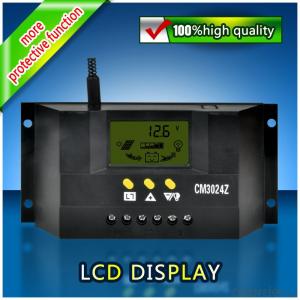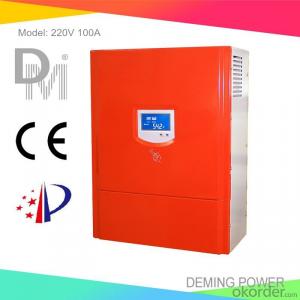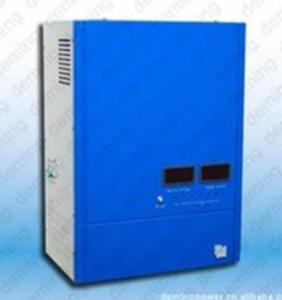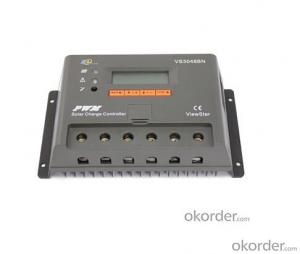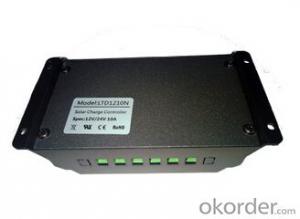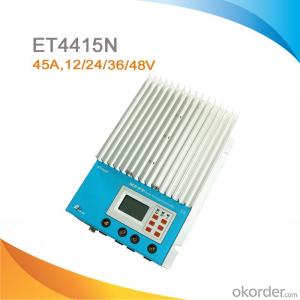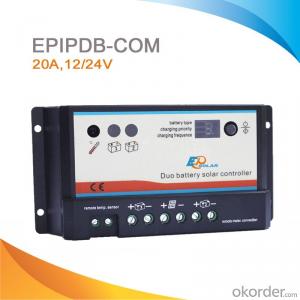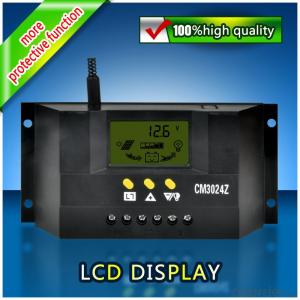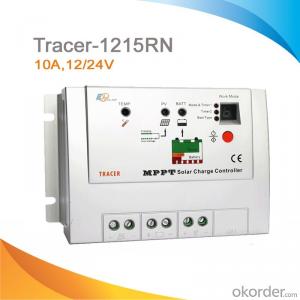All Categories
- - Steel Wire Rod
- - Steel Coils
- - Steel Profiles
- - Steel Pipes
- - Stainless Steel
- - Tinplate
- - Special Steel
- - Steel Sheets
- - Steel Rebars
- - Steel Strips
- - Hot Rolled Steel
- - Cold Rolled Steel
- - Pre-painted Steel
- - Seamless Steel Pipe
- - Welded Steel Pipe
- - Hollow Steel Tubes
- - Galvanized Pipe
- - Stainless Steel Coil
- - Stainless Steel Sheet
- - Stainless Steel Plate
- - Stainless Steel Strips
- - Electrolytic Tinplate Coil
- - Electrolytic Tinplate Sheet
- - Stainless Steel Rebars
- - Solar Panels
- - Solar Water Heater
- - Solar Related Products
- - Solar Inverter
- - Solar Cells
- - Solar Light
- - Solar Energy Systems
- - Solar Controllers
- - Solar Mounting System
- - Solar Pump
- - Solar Chargers
- - Fiberglass Chopped Strand
- - Fiberglass Mesh Cloth
- - Composite Pipes
- - FRP Pultrusion Profiles
- - Fiberglass Mat Tissue
- - Fiberglass Fabrics
- - Fiberglass Mesh
- - Composite Tank
- - Fiberglass Mesh tape
- - Polymer
- - FRP Roofing Panel
- - Fiberglass Roving
- - Monolithic Refractories
- - Ceramic Fiber Products
- - Refractory Bricks
- - Raw Materials For Refractory
- - Suspended Platform
- - Cranes
- - Concrete Machinery
- - Earthmoving Machinery
- - Building Hoist
- - Road Building Machinery
- - Plastic Pipe Fittings
- - Plastic Tubes
- - Plastic Sheets
- - Agricultural Plastic Products
- - Plastic Nets
 All Categories
All Categories
Q & A
How many solar panels can a solar controller handle?
The number of solar panels a solar controller can handle depends on its capacity and specifications. Different controllers have different maximum input power ratings, which determine the number of panels they can support. It is essential to consult the controller's specifications or consult with a professional to determine the specific number of panels it can handle.
Can a solar controller be used with solar panels of different technologies?
Yes, a solar controller can typically be used with solar panels of different technologies. Solar controllers are designed to regulate the charging and discharging of batteries in a solar power system, regardless of the type of solar panels being used. However, it is important to ensure that the solar controller is compatible with the voltage and current ratings of the specific solar panels being used to ensure optimal performance and efficiency.
How do I install a solar controller?
To install a solar controller, follow these steps:
1. Determine the appropriate location for the solar controller near your solar panels and battery bank. Ensure it is easily accessible and protected from extreme weather conditions.
2. Disconnect the battery bank and solar panels from any power source.
3. Mount the solar controller securely on a wall or other suitable surface, using screws or brackets provided.
4. Connect the solar panels to the solar controller's solar input terminals, ensuring proper polarity.
5. Connect the battery bank to the solar controller's battery terminals, again ensuring proper polarity.
6. If applicable, connect any additional devices such as a load or inverter to the controller's load terminals.
7. Double-check all connections and tighten them securely.
8. Finally, reconnect the battery bank and solar panels to their power sources.
Remember to follow the manufacturer's instructions provided with your specific solar controller model for any additional installation steps or precautions.
How does a solar controller handle voltage drops in the solar inverter wiring?
A solar controller typically handles voltage drops in the solar inverter wiring by continuously monitoring the voltage level and adjusting the charging parameters accordingly. It ensures that the voltage remains within the acceptable range by regulating the charging current and voltage output. This helps to prevent any potential damage or inefficiency caused by voltage drops, ultimately optimizing the performance of the solar system.
How do I connect a solar controller to a battery?
To connect a solar controller to a battery, follow these steps:
1. Start by ensuring that the solar controller is designed for use with the type and voltage of your battery.
2. Identify the positive (+) and negative (-) terminals on both the solar controller and the battery.
3. Connect the positive wire from the solar controller to the positive terminal of the battery, and the negative wire to the negative terminal.
4. Double-check that all connections are securely tightened to avoid any loose connections.
5. Once the solar controller is connected to the battery, it will regulate the flow of energy from the solar panels to the battery, ensuring safe and efficient charging.
Remember to refer to the specific instructions provided by the manufacturer of your solar controller and battery for any additional guidance or precautions.
Wholesale Solar Controllers from supplier in Bengal
With our solar controllers, you can efficiently manage and control the charging and discharging of your solar panels, ensuring optimal performance and longevity. We offer a wide range of solar controllers, including PWM and MPPT types, with various voltage and current ratings to meet your specific needs.
In addition to supplying high-quality products, we also provide sales, quotation, and technical support services to assist you throughout the procurement process. Our dedicated team of experts is available to help you choose the right solar controllers for your application and provide any necessary technical assistance.
Being a subsidiary platform of CNBM, a Fortune Global 500 company, we have the resources and capabilities to deliver comprehensive solar controller procurement solutions in Bengal. We adhere to strict quality standards and ensure that all our products are reliable, durable, and efficient.
Moreover, our years of operation in Bengal have given us valuable market experience and insights, enabling us to better understand the local requirements and challenges. We pride ourselves on our customer-centric approach and strive to provide the best solutions that meet your specific needs and budget.
Whether you are a residential, commercial, or industrial customer, we have the right solar controllers to help you harness the power of the sun and reduce your carbon footprint. Contact us today for all your solar controller needs in Bengal.
In addition to supplying high-quality products, we also provide sales, quotation, and technical support services to assist you throughout the procurement process. Our dedicated team of experts is available to help you choose the right solar controllers for your application and provide any necessary technical assistance.
Being a subsidiary platform of CNBM, a Fortune Global 500 company, we have the resources and capabilities to deliver comprehensive solar controller procurement solutions in Bengal. We adhere to strict quality standards and ensure that all our products are reliable, durable, and efficient.
Moreover, our years of operation in Bengal have given us valuable market experience and insights, enabling us to better understand the local requirements and challenges. We pride ourselves on our customer-centric approach and strive to provide the best solutions that meet your specific needs and budget.
Whether you are a residential, commercial, or industrial customer, we have the right solar controllers to help you harness the power of the sun and reduce your carbon footprint. Contact us today for all your solar controller needs in Bengal.

